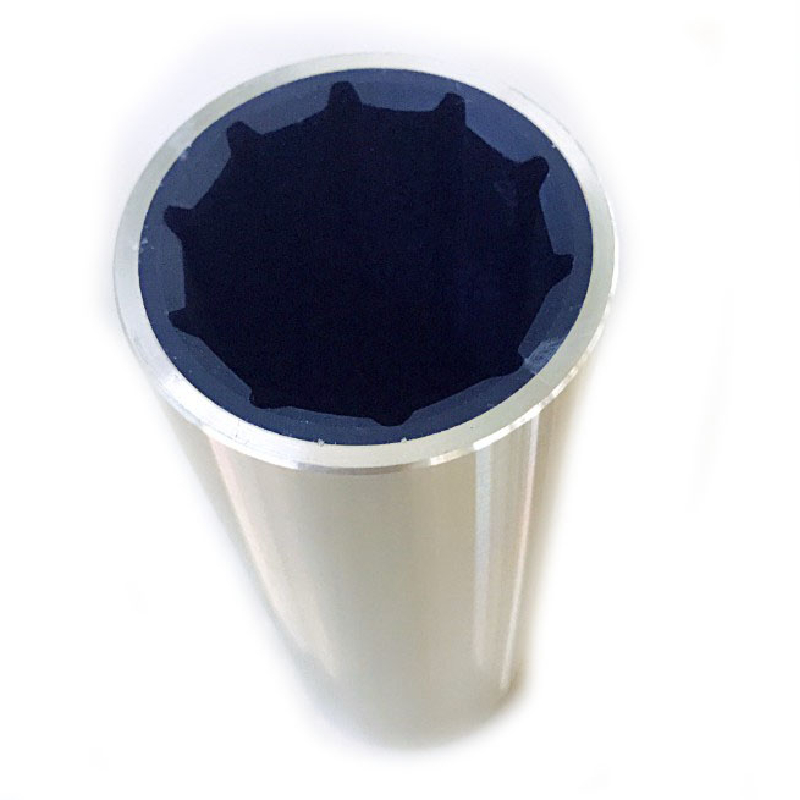Understanding the Role and Importance of Oil Seals in Machinery Functions
Understanding the Function of Oil Seals
Oil seals, also known as fluid seals or lip seals, play an essential role in various machinery and automotive applications. They are designed to retain lubricants while preventing the ingress of contaminants, such as dirt, dust, or water. Given their critical role, understanding how oil seals function can contribute significantly to the performance, longevity, and efficiency of machinery.
Basic Structure and Composition
An oil seal typically consists of several key components. The most recognizable part is the sealing lip, which is usually made from rubber or other elastomeric materials, allowing it to flex and conform to the surfaces it is sealing against. The sealing lip is designed to create a barrier against fluid leakage while still accommodating the rotation of the shaft. Surrounding the lip is a casing that provides structural support and holds the seal in place.
Additionally, oil seals may feature fabric, spring, or spiral designs, which enhance their effectiveness. The spring component, for example, serves to maintain constant pressure against the shaft, ensuring that the seal maintains its integrity even under varying operating conditions.
Key Functions of Oil Seals
1. Fluid Retention One of the primary functions of an oil seal is to keep lubricants contained within a system. In automotive applications, oil seals prevent engine oil from leaking out of the engine casing. This not only protects the environment from oil spills but also ensures that the engine remains properly lubricated, which is critical for reducing friction and wear.
2. Contaminant Exclusion Another crucial role of oil seals is to keep harmful contaminants out of the lubrication system. Dust, dirt, and moisture can compromise the integrity of the lubricant, leading to increased wear and potential component failure. By effectively sealing off these contaminants, oil seals help maintain the cleanliness and quality of the lubricant, thereby extending the lifespan of the machinery.
oil seal function

3. Pressure Control In many applications, oil seals contribute to the control of pressure within a system. They help maintain a vacuum or pressure that is essential for the optimal operation of components. This pressure regulation is particularly important in hydraulic systems, where seals prevent leaks that could lead to pressure drops and system inefficiency.
Application in Various Industries
Oil seals are found in numerous industries, including automotive, aerospace, manufacturing, and energy. In the automotive sector, they are commonly used in engines, transmissions, and differentials. In machinery, they help ensure the smooth operation of bearings, pumps, and other critical components. In aerospace applications, oil seals are crucial for ensuring the reliability and safety of flight systems.
Maintaining Oil Seal Effectiveness
To ensure that oil seals function correctly, regular inspections and maintenance are necessary. Signs of a failing seal can include oil leaks, increased noise, and abnormal vibrations. If a seal is damaged or worn out, it should be replaced promptly to prevent further issues. Proper installation is also vital; incorrect fitting can lead to premature failure of the seal.
Conclusion
In summary, oil seals are vital components that serve multiple functions, including fluid retention, contaminant exclusion, and pressure control. Their role is fundamental in protecting machinery from wear and tear while enhancing performance and efficiency. By understanding the functions and importance of oil seals, industries can make informed decisions about maintenance, replacement, and the design of their machinery, ultimately leading to improved operations and reduced costs.
-
Simplifying Oil Changes: A Comprehensive Guide to Oil Drain Plugs and Their Variants
News Aug.04,2025
-
Mastering Oil Drain Maintenance: Solutions for Stripped, Worn, and Upgraded Oil Plugs
News Aug.04,2025
-
Fixing Oil Pan Plug Issues: Leaks, Stripped Nuts, and the Right Replacement Solutions
News Aug.04,2025
-
Everything You Need to Know About Oil Drain Plugs: Sizes, Fixes, and Upgrades
News Aug.04,2025
-
Choosing the Right Oil Drain Plug: A Guide to Sizes, Materials, and Drain Innovations
News Aug.04,2025
-
A Complete Guide to Automotive Drain Plugs: Types, Problems, and Innovative Solutions
News Aug.04,2025
-
The Ultimate Guide to Car Repair Kits: Tools and Essentials Every Driver Should Own
News Aug.01,2025
Products categories















